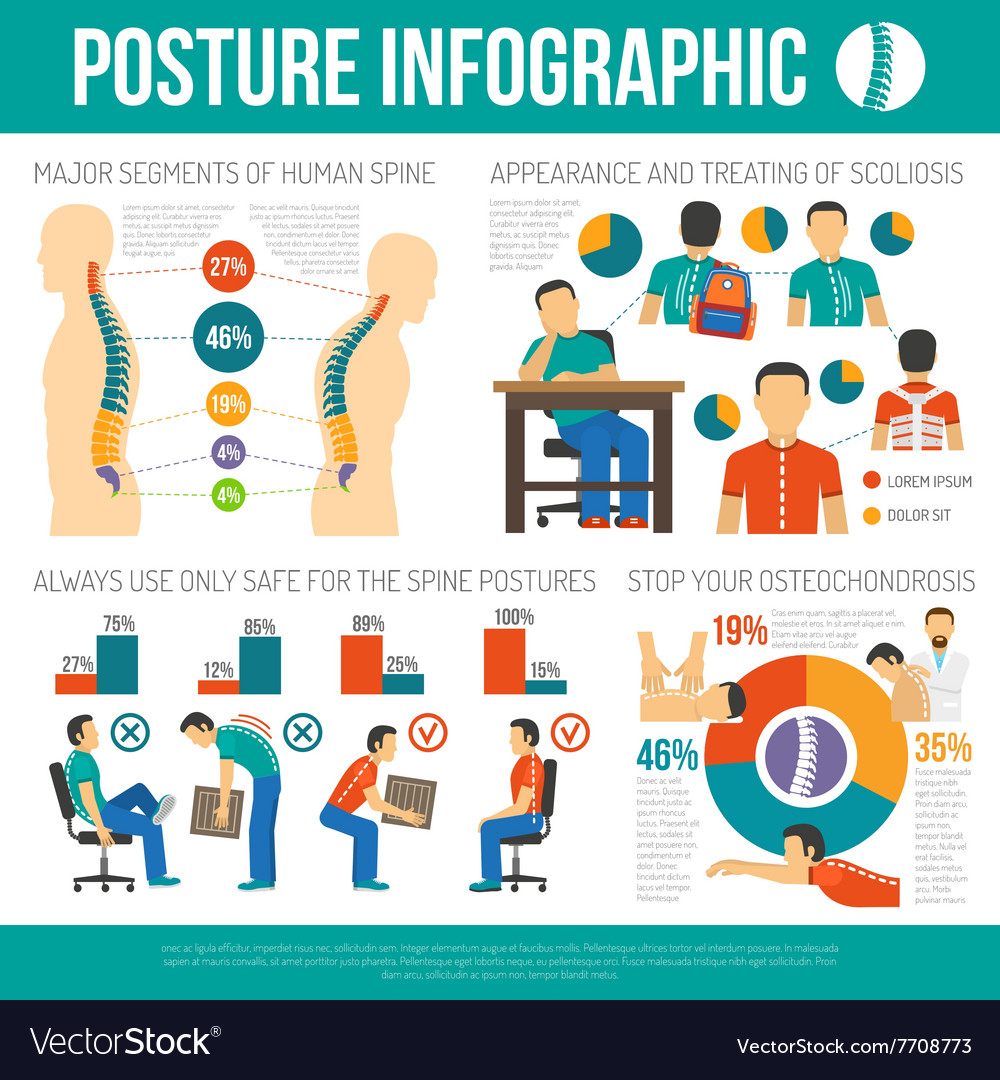Why Does Soft Tissue Treatment Hurt? Understanding The Refine
Why Does Soft Tissue Treatment Hurt? Understanding The Refine
Blog Article
Short Article Composed By-Waddell Jacobson
When you undertake soft Tissue therapy, you could locate it remarkably uncomfortable. This pain emerges as stress is related to strained muscle mass and broken tissues, activating your pain receptors. While it can really feel traumatic in the minute, there's a factor behind this feeling. Understanding what occurs in your body during these therapies can aid you appreciate the procedure. So, what exactly is going on below the surface?
The Physiology of Discomfort During Soft Tissue Therapy
When you go through soft Tissue therapy, your body's action to pain is a complicated interaction of physiological procedures. As the specialist applies stress, your body triggers pain receptors, sending signals to your mind. This activates the release of neurotransmitters, such as compound P and glutamate, which amplify the experience of discomfort.
Your muscle mass may additionally tense up in feedback, more making complex the experience. On top of that, your body might launch endorphins, natural painkillers that can assist minimize some discomfort.
The communication between these procedures can produce a special experience for each and every individual. Comprehending this physical reaction assists you browse the sensations throughout treatment, permitting you to appreciate the equilibrium between discomfort and the capacity for healing advantages.
The Function of Discomfort in the Recovery Process
Although discomfort during soft Tissue treatment can feel overwhelming, it plays a crucial role in the recovery procedure. When you experience discomfort, your body is signaling that it's functioning to repair damaged cells. This feedback assists raise blood flow to the damaged area, supplying important nutrients and oxygen needed for healing.
Additionally, discomfort can advertise the release of endorphins, your body's natural medicines, creating a feeling of alleviation post-treatment. Embracing this pain can help you understand your body's limitations and motivate you to address underlying concerns.
While https://www.google.com/maps/place/Return+to+Play+Institute,+LLC+(Miami)/@25.726017,-80.26406,17z/data=!3m1!4b1!4m6!3m5!1s0x88d9b7b4207e8303:0xb1493a6e0d5a272b!8m2!3d25.726017!4d-80.26406!16s%2Fg%2F11lf8185yp?hl=en&entry=ttu&g_ep=EgoyMDI0MTAwOS4wIKXMDSoASAFQAw%3D%3D , this process is important for long-lasting recovery and boosted feature. Identifying pain as a vital part of healing can empower you to stay dedicated to your treatment.
Tips for Taking Care Of Discomfort Throughout and After Therapy
Managing pain throughout and after soft Tissue therapy can considerably improve your total experience and recuperation.
To begin, communicate openly with your therapist regarding your pain levels; they can adjust techniques as necessary. Making use of deep breathing strategies can additionally help you unwind and relieve discomfort.
Take into consideration applying ice to the cured location post-session to reduce inflammation and numb pain. Staying moisturized help in the healing procedure, so consume lots of water.
Gentle extending and light movement after treatment can advertise blood circulation and convenience stiffness. Finally, ensure you get ample rest to permit your body to heal.
Executing manual lymph drainage techniques can make your soft Tissue therapy more manageable and satisfying.
Conclusion
To conclude, while soft Tissue treatment can be uneasy, it's essential to identify that this pain plays an essential role in your recovery trip. By understanding the physical responses at play, you can approach the therapy with an extra positive way of thinking. Keep in mind, the first discomfort frequently gives way to relief as your body launches endorphins. Embrace the process, and don't be reluctant to utilize the pointers for managing pain to improve your experience and recuperation.
